
by James | Jul 1, 2016 | Remembrance
On this day 100 years ago a brave young man from Morton was killed in action on the first day of The Battle of the Somme.
2nd Lieutenant William Swift had been a pupil teacher at Bourne School, passed teacher training at Peterborough and gained entry into Cambridge before volunteering for the Army.
He was trained with the 8th Bn Lincolnshire Regiment and was posted with his Battalion to France.
More of the story of the 8th Lincolnshire’s and William Swift can be found on his page on this site.
William Swift is buried at the Gordon Dump Cemetary at Orviliers-La-Boiselle, and remembered on the Morton War Memorial.




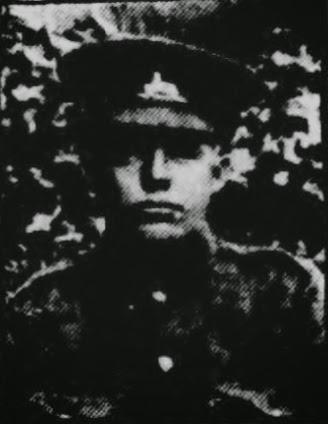
by James | Nov 24, 2015 | Remembrance
On 24th November we remembered Morton man, Thomas Fowler who was killed on this day 100 years ago on the foreign shores of Gallipoli.
Thomas was born in Morton in the summer of 1892 to Edward John Fowler (Morton) and his wife Ann Booth of Haconby.
Thomas was their 6th child and eventually they had 14 children in total (although one had died before 1911), the last Ida being born in 1907.
In 1911 thomas was living with his parents, in a home with 7 children and one grandchild. Thomas at this time was working as a farm labourer, the same occupation as his father and some brothers.
By 1915 many Morton lads had joined the army and Thomas along with another 6 lads all left on Friday 15th January for their respective postings, Thomas’ being with the 6th Battalion Lincolnshire regiment.
After his training Thomas and his Battalion arrived in Gallipoli on the 22nd September 1915 as part of a reinforcement of men to replace those that the 6th Lincolnshire had lost at Sulva Bay and attempts to push forward following the initial battles in August.
The war for the 6th Lincolnshires became one of trenches, sniping, bombing and patrols, although the biggest threat to their existence was dysentery due to the conditions and lack of fresh water.
Thomas Fowler died on the 24th November 1915, his parents receiving a letter stating that he was killed by a gunshot wound to the shoulder. He was buried at sea and is commemorated on the Helles Memorial, Gallipoli.
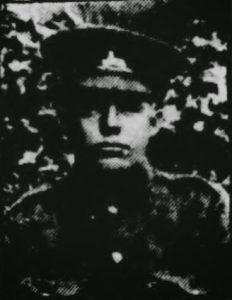

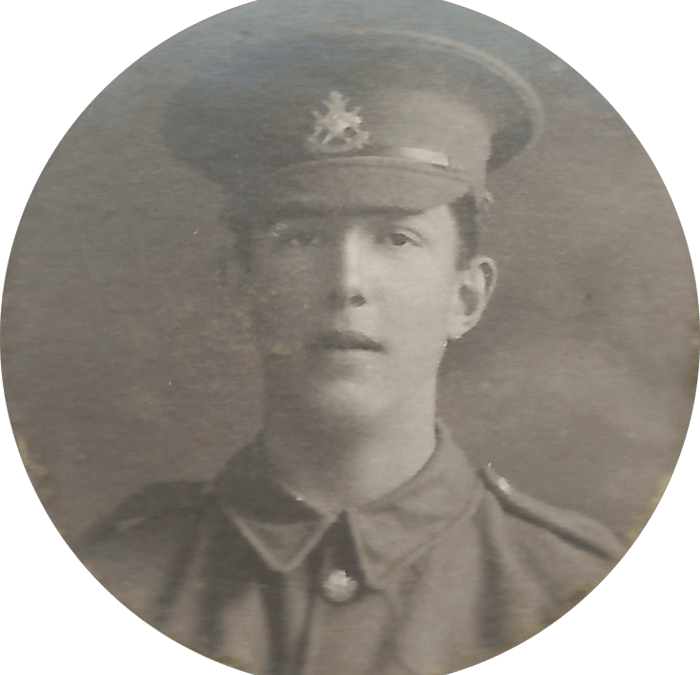
by James | Nov 7, 2015 | Remembrance
On the 7th November we remembered Morton soldier Arthur Ashton who was killed this day in 1915.
Arthur Ashton was born in Dunsby, Lincolnshire to Cornelius Ashton, a cattleman on a farm and his wife Alice Boyfield. Cornelius was born in Morton and after his marriage to Alice Boyfield in 1891 lived there before moving to Dunsby.
By 1905 Arthur had lost both his parents and in 1911 was living in Morton with his Uncle Arthur Ashton, Aunt Kate and their children Bernard and Myra.
On the 4th September 1914 Arthur enlisted for the Territorial Force at Derby and at this point he was assigned to the 5th battalion Notts and Derby Regiment.
Upon mobilisation the 5th Battalion was moved to Harpenden and in November 1914 went on to Braintree for training.
By February 1915 the battalion was ready for action and moved to Southampton to be shipped to France, where they landed at Harve on the 25th February. The Battalion was part of the first complete territorial force to link up with the British Expeditionary Force.
On the 15th August 1915 Arthur Ashton was wounded in his right thigh and records show he was admitted at Abeele. By 22nd October 1915 Arthur was passed as fit for service and was sent back to duty.
On the 6th November 1915, the 5th Battalion Sherwood Foresters started a tour and took to the trenches on the right sub-sector of the front line, south of Richbourg-L’Avoue, setting up headquarters in Albert Road. Two companies were placed in the front line, one in support and one in reserve, a position they were to hold until being relieved on the 10th November.
Arthur saw his final action on the 7th of November 1915 when he was shot by a sniper and killed in action age 19.
More information can be found on the newly updated web page
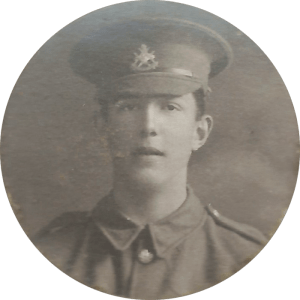

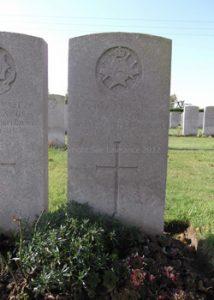

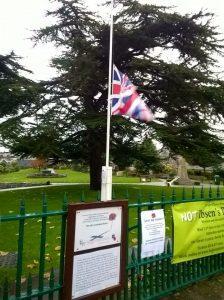
Flags were flown at half mast in Belper today as a mark of remembrance for Arthur Ashton
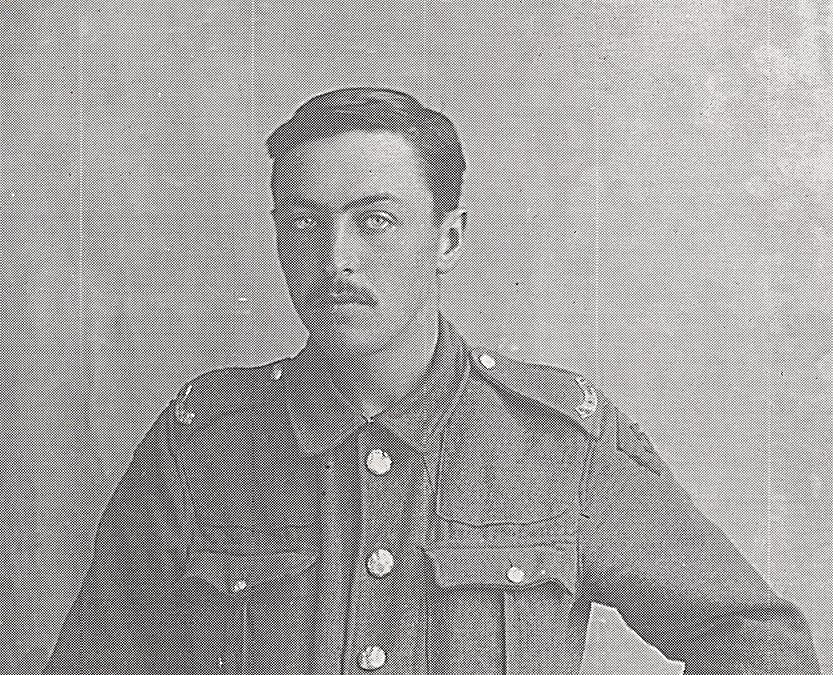
by James | Sep 26, 2015 | Remembrance
Today, 26th September, we have been remembering Joseph Parker Taylor who died this day in 1915.
Joseph was born in Morton in 1896 to Joseph and Emma Taylor and was one of 8 children of which only 6 had survived by 1911.
Joseph’s Mother, Emma Taylor, died in 1910 and by 1911 Joseph was working as a 2nd Wagoner on a farm and living with farm foreman, Arthur Cook.
Enlisting in the Army, Joseph joined the 7th Battalion Lincolnshire regiment who were shipped to France in July 1915.
By mid August the battalion had first seen action in the heavy fighting in the trenches East of Ypres and from there had been moved to an area with sporadic heavy fighting being the front line near to Voormezeele.
This sector saw heavy casualties in September 1915 and on the 25th September the battalion were to be included in a large action where several bluffs were made as to which sector was the main attack. They remained in trenches until the end of September suffering heavy losses from enemy sniper and trench mortar action.
Joseph Parker Taylor was killed on the 26th September 1915 and is buried in the Voormezeele Cemetery in Belgium.
Joseph is also remembered on the Morton memorial.
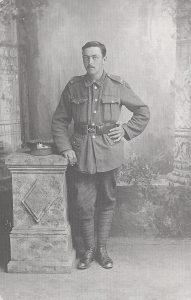



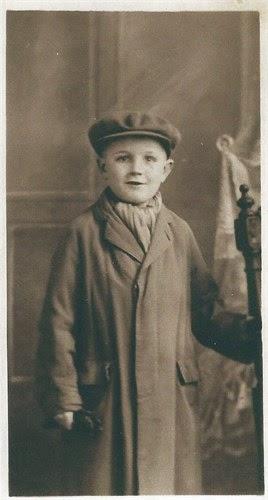
by James | Mar 29, 2015 | Biography
Harold Hanford was born in Morton, Lincolnshire in c 1899.
His birth was registered in Bourne in the March quarter of 1899 indicating a birth between January and March of that year.
Family History
Harold was the eighth child of James Hanford a Journeyman Butcher from Morton and his wife Elizabeth Ann Pikett (Also know as Elizabeth A Foster of Billingborough).
Harold’s father, James, was born in Morton c1866. He married Elizabeth Ann Pickett in 1889, she was born in Spilsby c1868. This marriage was registered in the Bourne District but it is likely that this could have taken place in Billingborough.
The children of James and Elizabeth Ann are:
Charlotte Elizabeth c1886
Agnora c1890,
Frances c1892,
James Fisher c1893 (WW1; Lance-Corporal Lincolnshire Regiment)
Alfred Sydney c1894 (WW1; Leicestershire Regiment)
John Foster c1896 (WW1; Driver)
May c 1898
Harold 1899 (WW1; 2nd Bn Lincolnshire Regiment)
Jesse 1901
Eric 1903
Gwendolen Pickett Hanford 1903
Violet Ann c 1905
Georgina Mary c 1907
Dora c 1908
Frank c 1911
Charles Ernie c1912
Harold Hanford
On the 1911 census Harold Hanford was a boarder in the Sandall Household in Morton. Herbert Sandall was a horseman on a farm along with Harold’s brother Fisher. Along with younger brother Eric the three boys were boarders with the Sandall family.
Harold is next mentioned in a clipping from the Grantham Journal from 21st July 1917 where his family is mentioned within the Morton correspondence because his parents had four sons all serving with the Army.
The Soldiers Died in the Great War records show Harold’s place of residence as Bourne Lincolnshire.
Other comments on the CWGC records show that Harold was the Son of James and Elizabeth Hanford, Morton, Bourne, Lincolnshire.
The final piece of information about Harold was found in the Grantham Journal of 5th July 1919. This mentioned that Harold’s parents had now received official confirmation that Harold was now officially presumed killed having been listed as missing on 22nd March 1918.
Military History
Harold’s war office records are yet to be uncovered and may be part of the records that were destroyed by fire in the Blitz.
The Medal Rolls do not show a Harold or H Hanford in the Lincolnshire Regiment and so more research will need to be done on this point.
From the Commonwealth War Graves Commission we know that Harold was serving in the 2nd Battalion, The Lincolnshire Regiment, when he was killed on 21st March 1918. This was the day of the Great German Offensive (First Battles of the Somme 1918) which saw the enemy attack across a 54 mile wide line using many more divisions than the allied army.
From the history of the Lincolnshire Regiment we can piece together the following information.
February 1918 saw a great change in the way Divisions and brigades were formed. This saw both the 1stand 2nd Battalions of the Lincolnshire Regiment both being attached to 62nd Brigade (21st Division) on February 3rd 1918. It was very unusual to see two Battalions of the same regiment fighting together.
On the night of the 20th March the 21st Division was holding part of the line east of Epehy and at the southern point of the Flesquieres Salient. The 1st and 2nd Lincolnshires were holding a section of this line near to the Canal Du Nord, just north of Peronne.
Shortly before 5am the enemy opened with an intense bombardment of gas, high explosive shells and trench mortars against the whole British line. Roads behind the line as well as the front line and support trenches were continually bombarded for four hours.
At 9:45am the German Army advanced through the thick fog which hung over the lines. The outpost line was overwhelmed by the enemy before it had chance to put up a fight. The main lines had expended their machine gun ammunition during the early morning fog and fought bravely against advancing enemy mounted units. Battalion headquarters was overrun during the day and fought its way up Chapel Hill. Parts of the 2nd Lincolnshire’s defended Chapel Hill, towards the rear of the front line along with 2 tanks.
The main line held during the day, although at times this was precarious and at some times critical.
The Lincolnshire Battalions were eventually relieved by the South African Scottish by 8am on the 22nd of March and moved safely back to the Pioneer Camp at Heudicourt.
From the battalion diaries of the 2nd battalion Lincolnshire regiment we find the following entry for 21st March 1918;
Batt received order MAN BATTLE POSITIONS ‘C’ Coy comes under the orders of O.C left sector front line (OC 1st Bn Lincolnshire Regiment). A B & D Coys marched independently to their allotted positions in YELLOW LINE. Bttn Head Qtrs marched to railway cutting at W23.a.8.1. This operation was rendered excessively difficult owing to a thick fog and heavy ENEMY gas shelling. Coys established themselves in their positions soon after 7am though stragglers continued to report until 10am.
Distribution C Coy with 1st Bn Lincolnshire Regiment. 3 Coys in YELLOW LINE with left Coy resting on railway at W23 central with the right Coy at approximately W18 central. Bttn Head Qtrs at railway cutting at W23.a.8.1, these positions were maintained all day against repeated attacks by the ENEMY.
About 12 noon a party of the ENEMY succeeded in getting round the left flank under cover of a sunken road at W18.c.9.3 This party was engaged by Bn Head Qtrs and a gun team of the Machine Gun Bn, a number were killed and the remainder (about 50) surrendered.
Harold Hanford was originally reported missing and later presumed as died during action on 21st March 1918.
Memorial
Private Harold Hanford 49402, 2nd Battalion, The Lincolnshire Regiment, is remembered with honour at Le Cateau Military Cemetery in the village of Le Cateau-Cambresis, 17km south east of Cambrai.
Grave Ref: I. B. 7.




















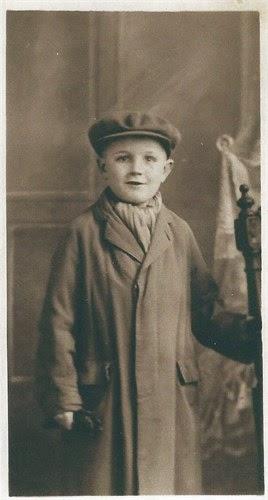


Recent Comments